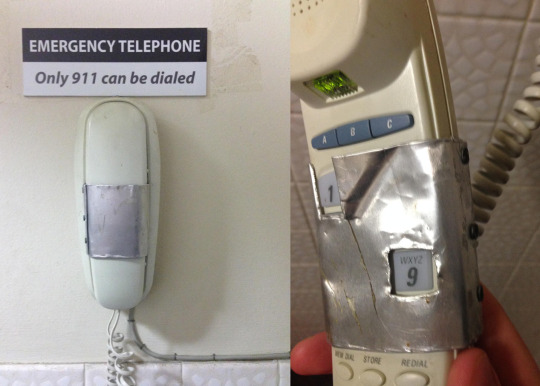Join devRant
Do all the things like
++ or -- rants, post your own rants, comment on others' rants and build your customized dev avatar
Sign Up
Pipeless API

From the creators of devRant, Pipeless lets you power real-time personalized recommendations and activity feeds using a simple API
Learn More
Related Rants

 What only relying on JavaScript for HTML form input validation looks like
What only relying on JavaScript for HTML form input validation looks like Yeah no
Yeah no Hey, have you ever wanted to punch a developer 8611 times before?
Hey, have you ever wanted to punch a developer 8611 times before?
HTML Writers Guidelines
When designing your web site you want to make the visiting experience as enjoyable as possible and at the same time make it so that if the site needs to be changed in any way, the changes are not too difficult to make. You want the look to be as appealing as possible for all browsers and also make the site accessible to users with disabilities. In order to accomplish all this there are some general guidelines when creating your HTML code.
1. The first thing that will really make your life easier is through the use of Cascading Style Sheets (CSS) - CSS is used to maintain the look of the document such as the fonts, margins and color. HTML directly on the page is not a good choice to handle these aspects because if say, the font color you are using for certain paragraphs needs to be changed from blue to red, you would have to go in and change each color tag manually. By using CSS you can designate the color for each of those paragraphs just once in the CSS file. That way if you have to change the font color from blue to red you make one change instead of the countless number of changes you might have to make, especially if your web site contains hundreds of pages. This is a big time saver and a must for all professionally designed web sites.
2. Don't use the FONT tag directly in your HTML code - This becomes a problem when using some cheap authoring tools that try to mimic what a web page should look like by using excessive FONT tags and nbsp characters. These tools end up creating web pages that are impossible to keep maintained. There is a program you can use, if you've created one of these disaster pages, called the HTML Tidy Program which you can actually download here . This will clean up your code as well as possible.
3. You want your web pages readable to people who have disabilities - People who surf the Internet depend on speech synthesizers or Braille readers to interpret the text on the page. If your HTML markup is sloppy or isn't contained in CSS the software these people use to read pages have a difficult time in interpreting these pages. You should also include descriptions for each image on your page. Also, don't use server side image maps. If you are using tables you should include a summary of the table's structure and also associate table data with the correct headers. This gives non visual browsers a chance to follow the page as they go from one cell to another. And finally, for forms, make sure you include labels for form fields.
By following just these three guidelines you give your visitors, especially disabled visitors the best chance of having an enjoyable visit to your site while at the same time making it so that if you have to make changes to your site, those changes can be made easily and quickly.
rant
html